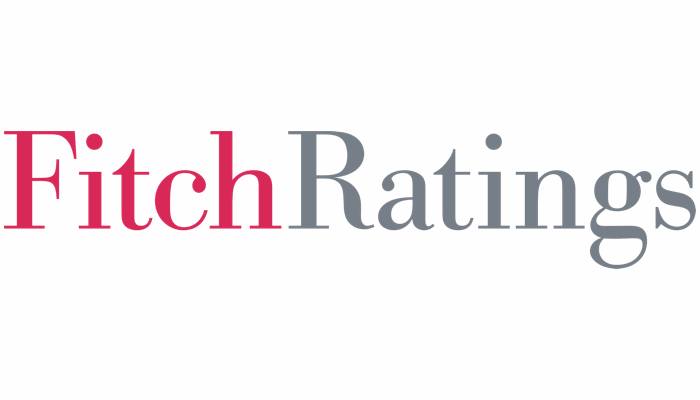Fitch Ratings, a provider of credit ratings, research, and risk analysis, has forecasted that global reinsurers’ profitability will remain strong in 2025, despite lower risk-adjusted prices for most business lines during the January 1st reinsurance contract renewals.

The ratings agency anticipates combined ratios to remain around 90% in 2025, with the sector’s return on equity expected to slightly decline to 17%, down from 19% in 2024. Despite this slight dip, Fitch’s outlook for the sector remains neutral.
Reinsurers are entering 2025 in a strong position, thanks to capitalisation buffers and solid reserve adequacy bolstered by the record profits of the past two years.
This has been further supported by an influx of capital from traditional reinsurers and institutional investors, attracted by the strong underwriting returns in the sector.
Fitch believes that reinsurers’ increasing risk appetite and desire for growth were factors contributing to the price reductions, though these were not accompanied by significant changes in contract terms and conditions. Most reinsurers have maintained the programme structure improvements they achieved in recent years. Despite the price declines, Fitch expects premium income for reinsurers to grow in 2025, driven by higher volumes.
Insured property catastrophe losses in 2024 amounted to around USD 140 billion, marking the fifth consecutive year of insured losses exceeding USD 100 billion.
The losses were primarily driven by hurricanes and severe convective storms, each causing about USD 50 billion in damages, along with medium-sized events such as flooding in Europe and the Middle East, accounting for USD 13 billion.
Fitch noted that the majority of these losses, around 85%-90%, were absorbed by primary insurers, due to higher attachment points. This trend is expected to persist in 2025, as reinsurers remain cautious regarding their exposure to secondary perils.
Nonetheless, natural catastrophe losses in 2024 generally stayed within reinsurers’ budgets, which helped draw more capital into the sector and further pressured pricing. As a result, property reinsurance prices fell by 5%-15% for loss-free accounts, with the largest declines seen in remote, high-attaching layers. In contrast, prices in loss-affected regions increased by up to 20%.
In the specialty insurance market, renewal prices remained stable or slightly lower, while U.S. casualty rates were generally flat or saw slight increases, depending on cedents’ loss experience, reserve development, and portfolio mix. Capacity in the casualty sector was more constrained than in the property and specialty segments, with ceding commissions remaining flat or slightly down.
Reinsurance capital has grown more than 20% since its low point in 2022, driven by improved earnings and higher asset values.The growth of alternative reinsurance capacity, which has benefited from the favourable pricing environment in property catastrophe risks, is expected to continue in 2025.
Fitch anticipates further expansion of alternative capacity, supported by cyber catastrophe bond issuances, which will add to the sector’s capital base and help absorb earnings volatility.
Finally, the ongoing severe wildfires in the Los Angeles area are expected to lead to insured losses exceeding past wildfire event highs. These losses will represent a significant portion of reinsurers’ first-quarter 2025 natural catastrophe budgets. However, Fitch does not foresee any impact on reinsurer ratings in the immediate future.
The potential effect on pricing in subsequent reinsurance renewals will depend on the final level of reinsured losses and how distant the event is from catastrophe loss expectations.
The post Global reinsurer profitability to remain strong in 2025 despite price reductions, says Fitch appeared first on ReinsuranceNe.ws.